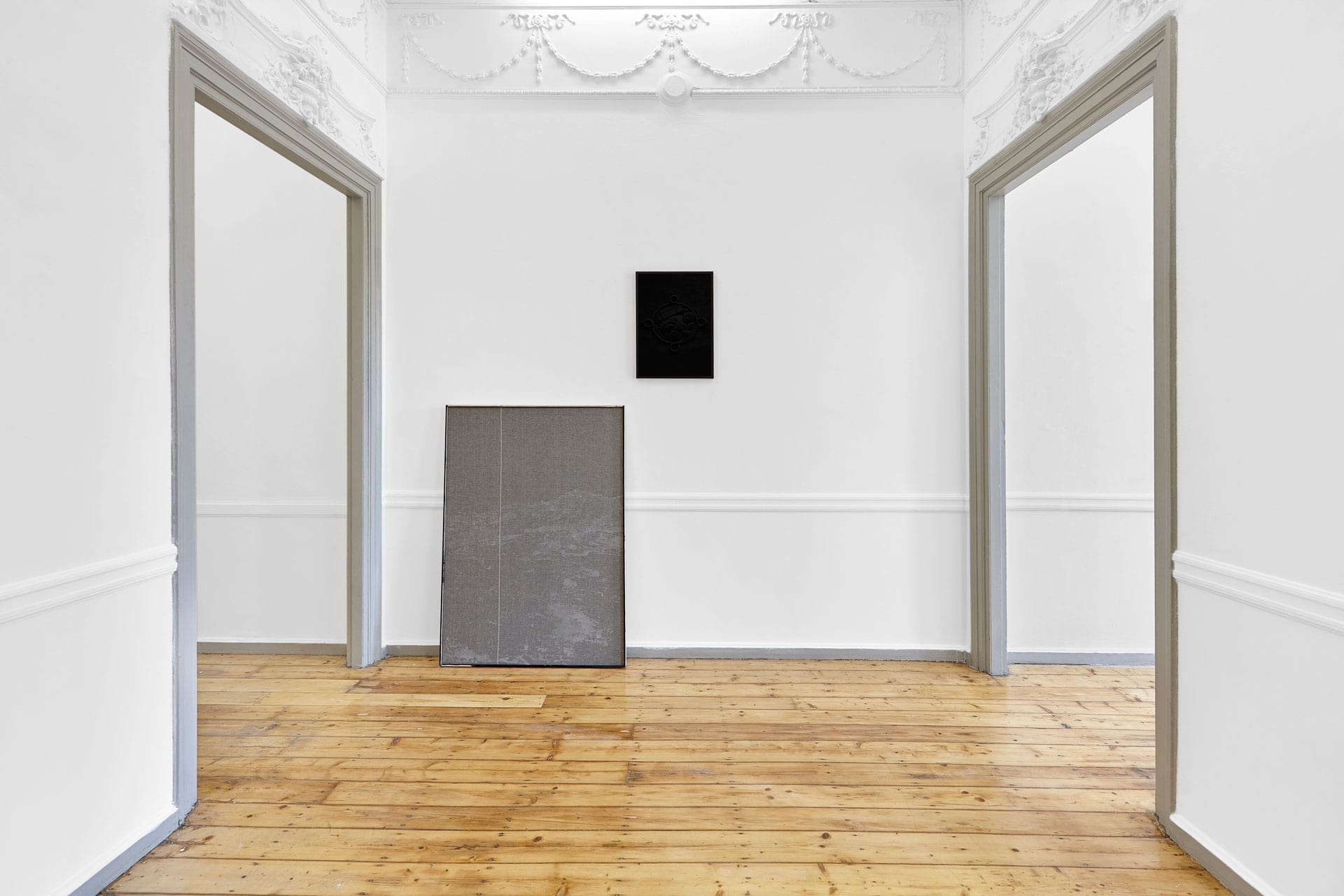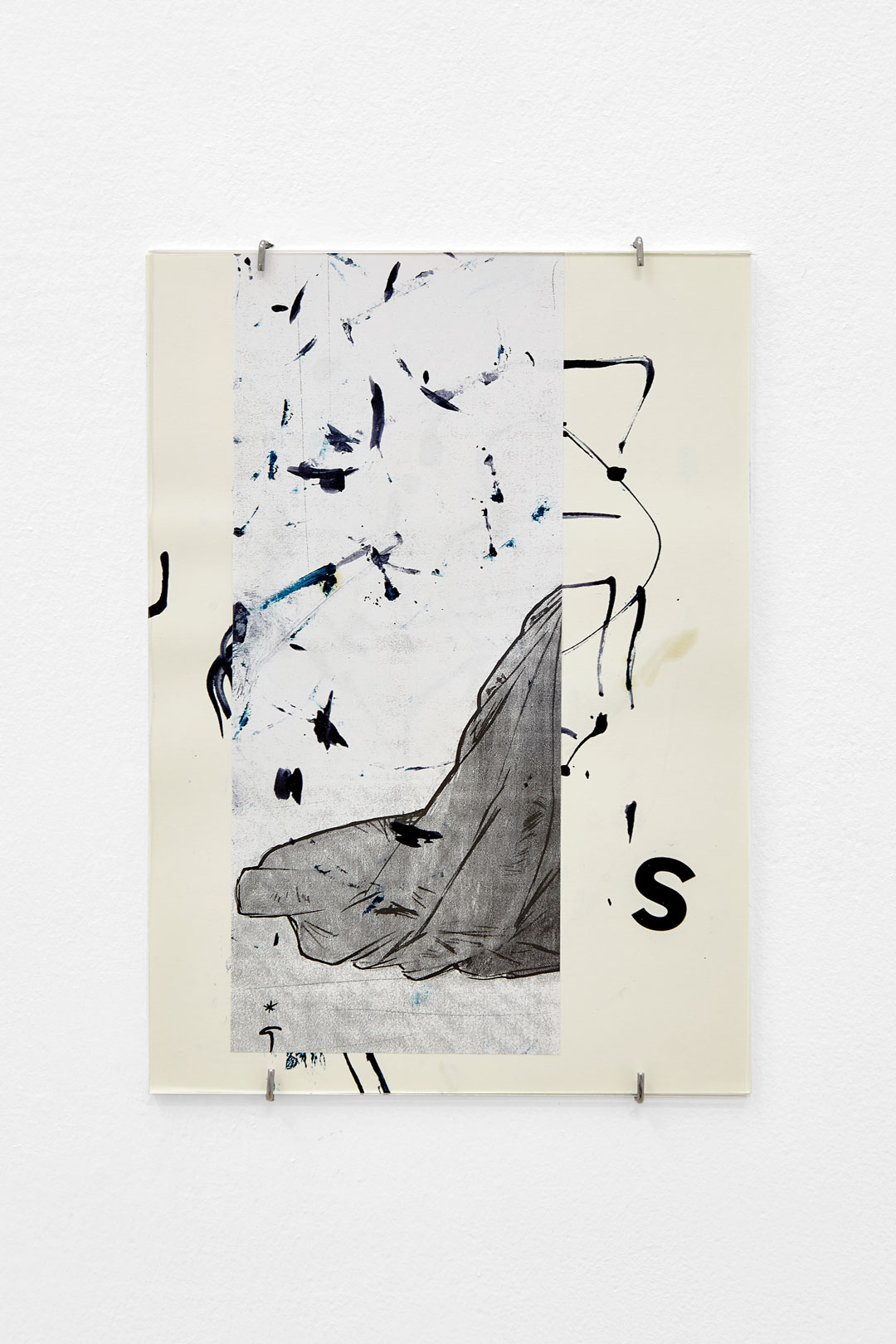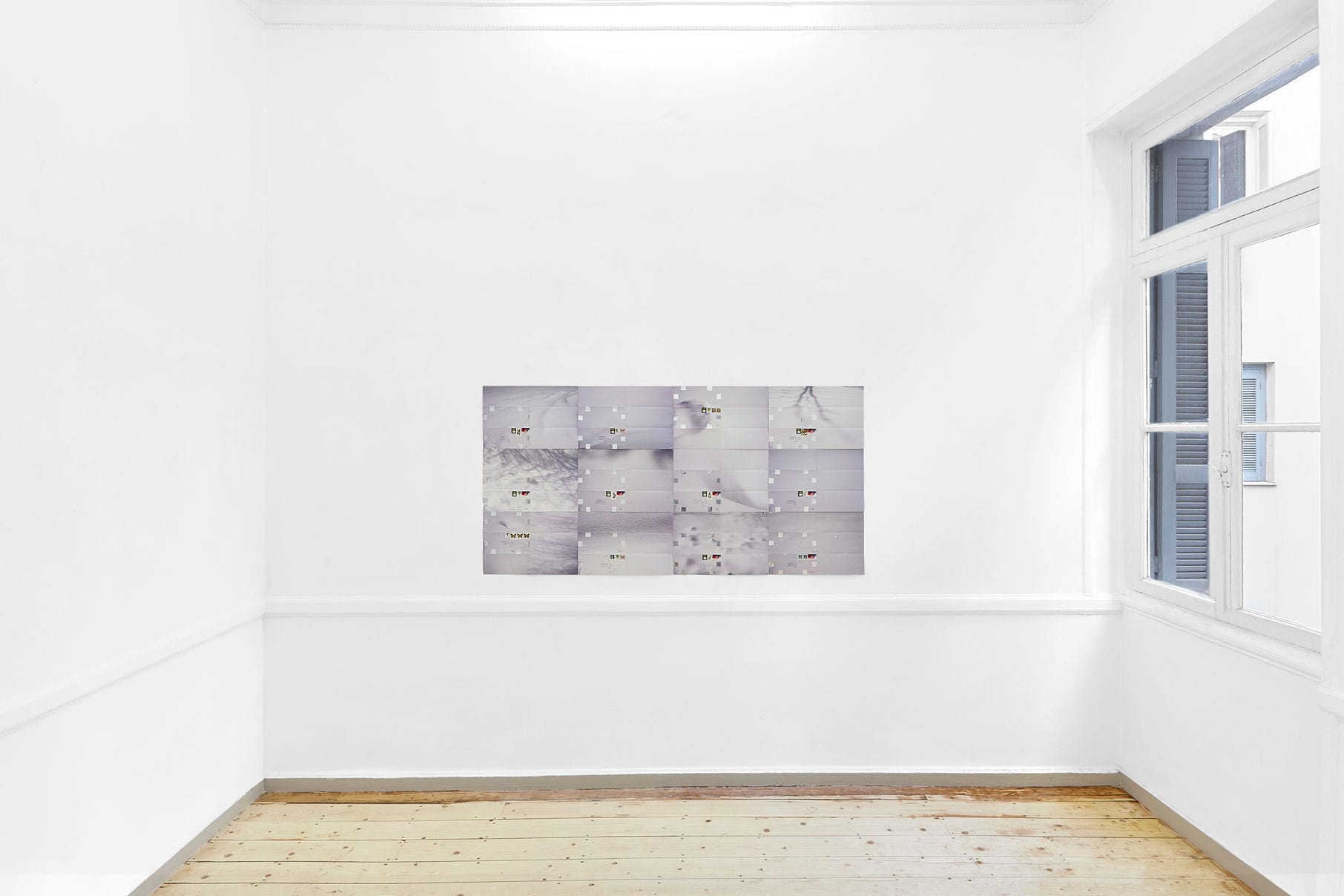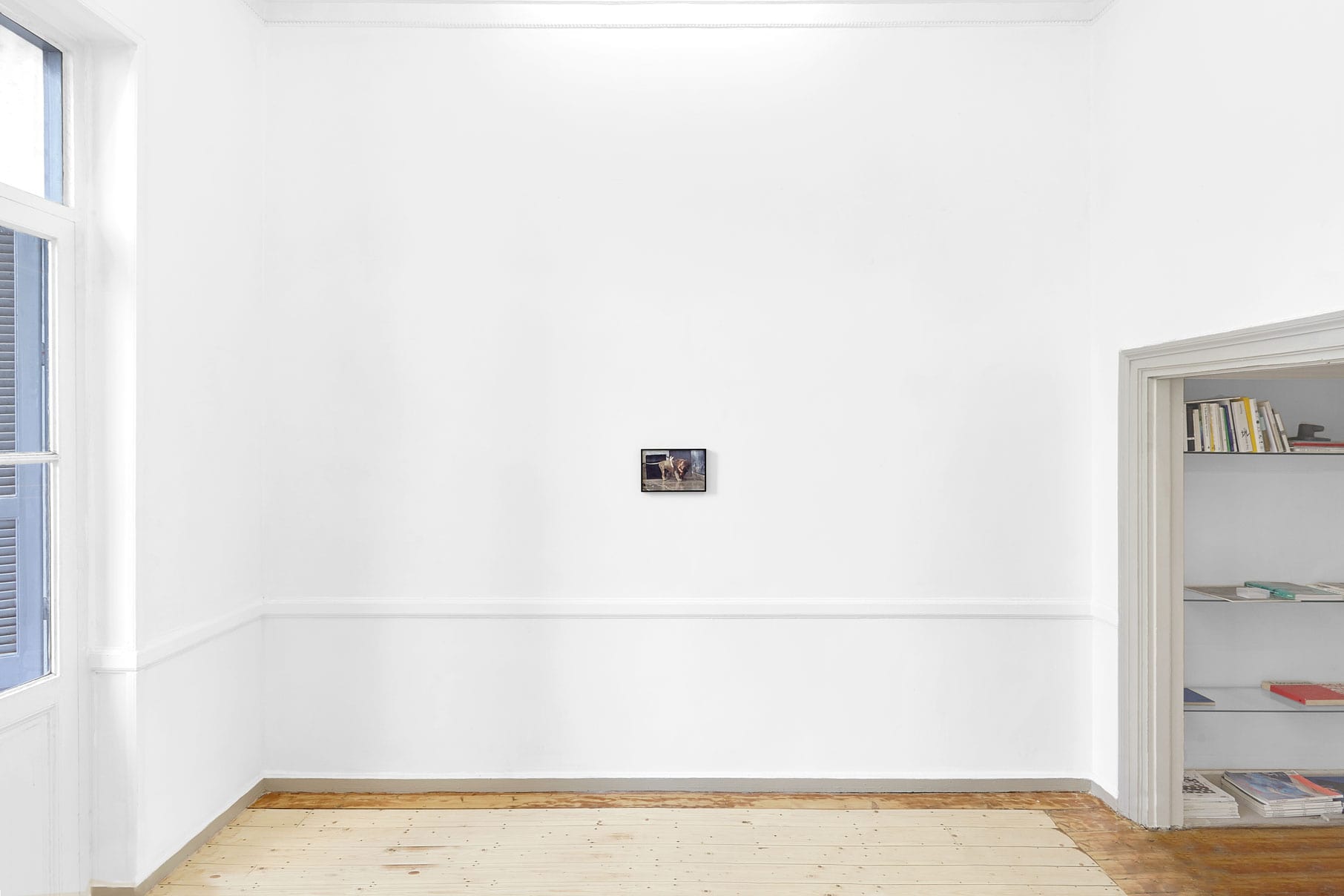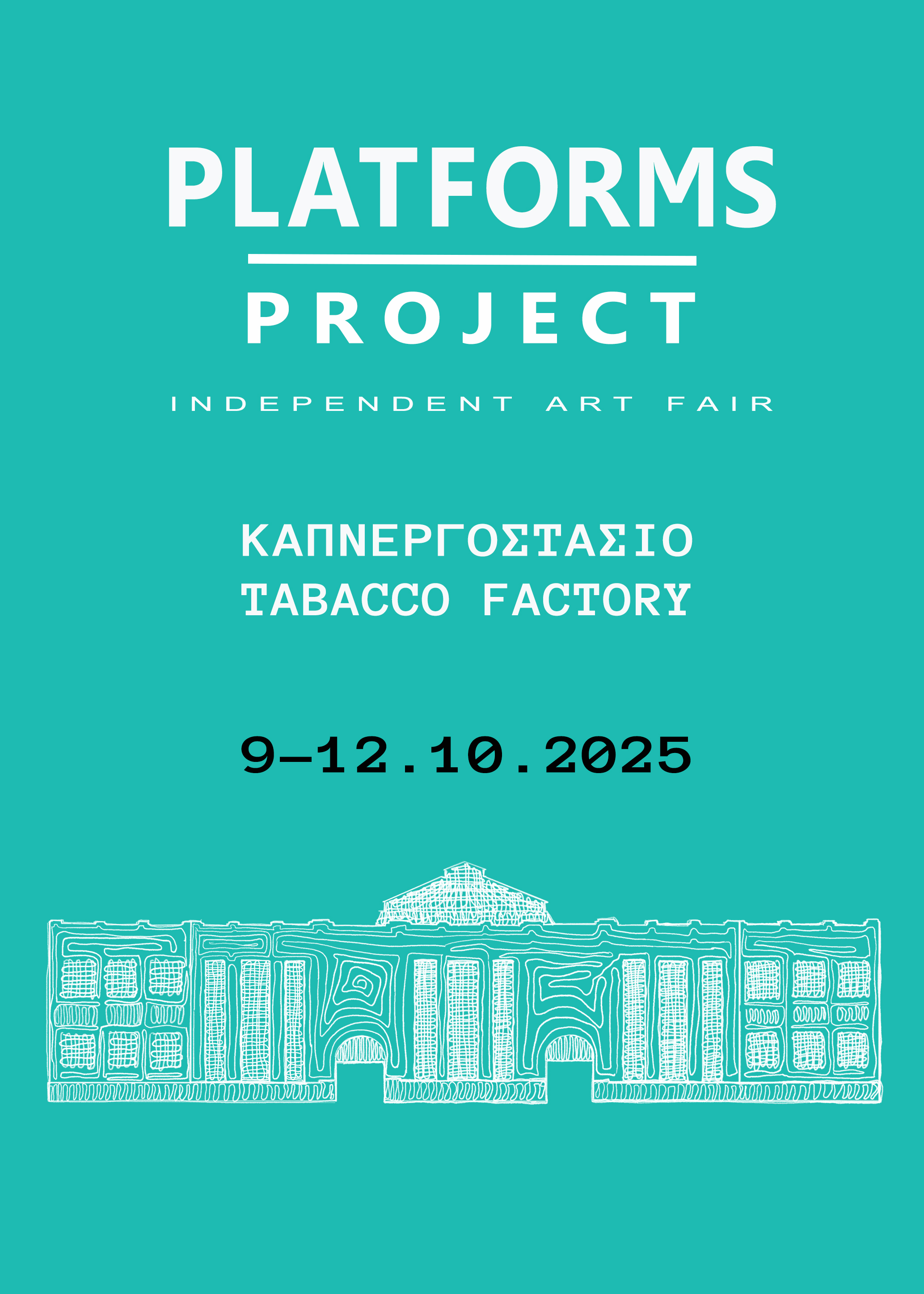The exhibition 1550 San Remo Drive at Hot Wheels Athens brings the work of five visual artists in dialogue with two seminal figures of German modernist literature, namely Robert Walser (1878-1956) and Thomas Mann (1875-1955). As curator Francesco Tenaglia states in his text, the exhibition functions as a "fictional touchpoint" between two different yet parallel worlds, that of Mann's influential novel The Magic Mountain (1924) and the final years of Walser's life as a recluse. Through a delicate treatment of space, nuance and subject matter, the exhibition obliquely but consistently points to its literary references and the biographies of Mann and Walser, without ever revealing them completely.
In Mann's The Magic Mountain, the protagonist leaves Hamburg to visit a friend who is hospitalised at a sanatorium in Davos, Switzerland—only to find himself falling ill as well and spending seven years there. This was perhaps prophetic for Walser's own life, who went to a mental house in Switzerland in 1929, and ended up spending the rest of his life in a sanatorium. A dedicated flâneur who loved long walks, Walser was found dead of a heart attack in a snow field close to the sanatorium he was living. Mann also died in Switzerland, but had a completely different life to Walser: he spent many years in exile in California, living in a modernist villa and writing in complete freedom, surrounded by other brilliant minds of his time. 1550 San Remo Drive is the address of Thomas Mann's villa in Pacific Palisades, a rich suburb of Los Angeles.

An interesting aspect of the exhibition is how it brings together works of artists from different continents and decades. Two imposing brass sculptures by Italian sculptor Ugo Guidi (1912-1977) pinpoint two separate areas in the gallery facing each other, as if to anchor the visitor's journey through the space and also to highlight the duality of the exhibition's narrative. The sculptures, both simply titled "Totem", stand at nearly two metres high and were made in the year of the artist's death. In a visual echo of the two totems's impenetrability and weight, the photos of Yorgos Prinos (b.1977) appear on the verge of photographic representation, with their subjects disappearing in a haze or in sheer blackness. In a sense, these photos obliterate themselves and cancel out any attempt to see beyond their material surface, in the same way that Guidi's metal totems exist as solid surfaces as much as bodies in space.
Writing occupies a central place in Moyra Davey's work, a Canadian artist born in 1958. Her work in 1550 San Remo Drive belongs in an ongoing series of "mailer" works that the artist began making in 2009 and which involve Davey sending prints via post without using an envelope, allowing the work's surface to accumulate postage and traces from its journey. Heike-Karin Föll's drawings share this element of accumulation, as they are made of various materials and give the impression of collage and being created in layers. This accumulation is what makes the route visible, in the same way that flânerie leaves no trace unless one collects things (objects, images, thoughts) along the way.

Materiality was important for Walser as a writer, who developed a personal writing code and wrote in very small hand to create his "micrograms". In her introduction to Walser's first work translated into English, Susan Sontag has called him a "a miniaturist, promulgating the claims of the anti-heroic, the limited, the humble, the small". How much more apart the lives of Mann and Walser could be, if we imagine the former writing sprawling monologues within view of the Pacific Ocean, and the latter weaving his thoughts through walking, only to then condense his words in the smallest script possible within a sanatorium cell?
Is writing then the solid surface of thought? Or is it perhaps what makes the surface of things less opaque? The works of Milan-based Francesco João (b.1987) indulge in their ambiguity and state their self-negation without any dramatic excess. Just as Prinos's photos cancel themselves by denying the viewer their content, João's paintings are transparent, making their surface permeable by light and revealing their wooden structure. To render an image as weightless as a breath or as heavy as brass is the equivalent of reducing a text to an unreadable nugget of scribbled ink. What then remains is indeed the wandering on the slopes of some magic mountain, until someone find us with our face buried in the snow.






